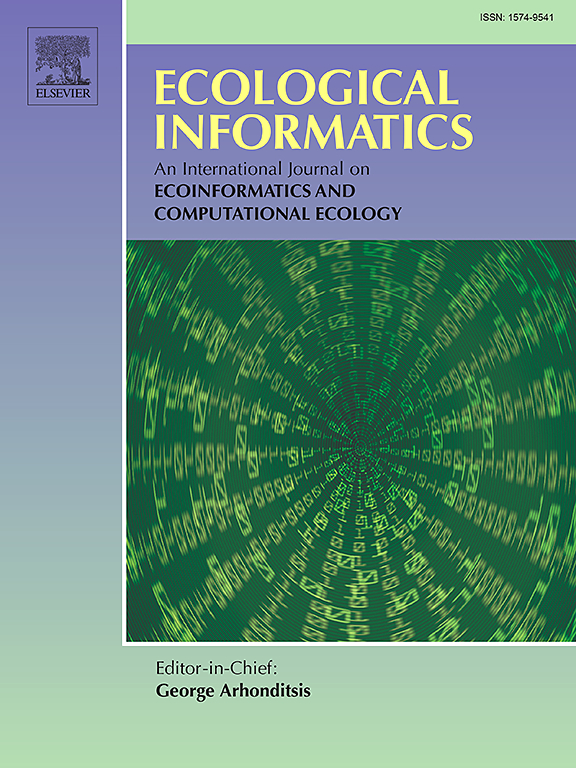A high resolution spatial modelling framework for landscape-level, strategic conservation planning
IF 7.3
2区 环境科学与生态学
Q1 ECOLOGY
引用次数: 0
Abstract
Development is needed to improve living standards globally but poses a threat to many species through habitat loss and fragmentation. There is often a legal requirement to ensure new development does not negatively impact protected species and the habitats they depend on, however planners are unable to make informed decisions without a detailed understanding of how species use the landscape. The aim of this study was to develop a spatial modelling framework for protecting biodiversity in the planning process. Using habitat suitability and landscape connectivity modelling we aimed to produce high resolution mapping outputs that can inform development decisions. We illustrate our approach with a detailed case study of a species of conservation concern, the greater horseshoe bat (Rhinolophus ferrumequinum), in Somerset, UK. We gathered fine scale data on R. ferrumequinum habitat use with GPS telemetry, mapped habitat using a high resolution, satellite derived land classification, and built a detailed vegetation map with LIDAR. With these data we built models of habitat suitability and landscape connectivity, validated model predictions with an independent dataset, and generated a number of high resolution maps. We present a detailed case study to explore how different mapping outputs can guide development decisions. We propose that robust tools such as integrated spatial modelling should be central to the planning process; our framework can act as a template for implementing this.
一个高分辨率的空间模型框架,用于景观水平的战略性保护规划
提高全球生活水平需要发展,但由于栖息地的丧失和破碎化,发展对许多物种构成了威胁。法律通常要求确保新的开发不会对受保护物种及其赖以生存的栖息地产生负面影响,然而,如果没有对物种如何利用景观的详细了解,规划者无法做出明智的决定。本研究的目的是在规划过程中建立一个保护生物多样性的空间建模框架。利用生境适宜性和景观连通性建模,我们的目标是生成高分辨率的地图输出,为开发决策提供信息。我们用一个详细的案例研究来说明我们的方法,该案例研究是一种保护关注的物种,大马蹄蝠(Rhinolophus ferrumequinum),在英国萨默塞特。利用GPS遥测技术采集了小比例尺ferrumequinum生境利用数据,利用高分辨率卫星土地分类技术绘制了生境地图,并利用激光雷达建立了详细的植被图。利用这些数据,我们建立了栖息地适宜性和景观连通性的模型,用独立的数据集验证了模型预测,并生成了一些高分辨率的地图。我们提供了一个详细的案例研究来探索不同的映射输出如何指导开发决策。我们建议,综合空间建模等强大的工具应成为规划过程的核心;我们的框架可以作为实现这一点的模板。
本文章由计算机程序翻译,如有差异,请以英文原文为准。
求助全文
约1分钟内获得全文
求助全文
来源期刊

Ecological Informatics
环境科学-生态学
CiteScore
8.30
自引率
11.80%
发文量
346
审稿时长
46 days
期刊介绍:
The journal Ecological Informatics is devoted to the publication of high quality, peer-reviewed articles on all aspects of computational ecology, data science and biogeography. The scope of the journal takes into account the data-intensive nature of ecology, the growing capacity of information technology to access, harness and leverage complex data as well as the critical need for informing sustainable management in view of global environmental and climate change.
The nature of the journal is interdisciplinary at the crossover between ecology and informatics. It focuses on novel concepts and techniques for image- and genome-based monitoring and interpretation, sensor- and multimedia-based data acquisition, internet-based data archiving and sharing, data assimilation, modelling and prediction of ecological data.
 求助内容:
求助内容: 应助结果提醒方式:
应助结果提醒方式:


